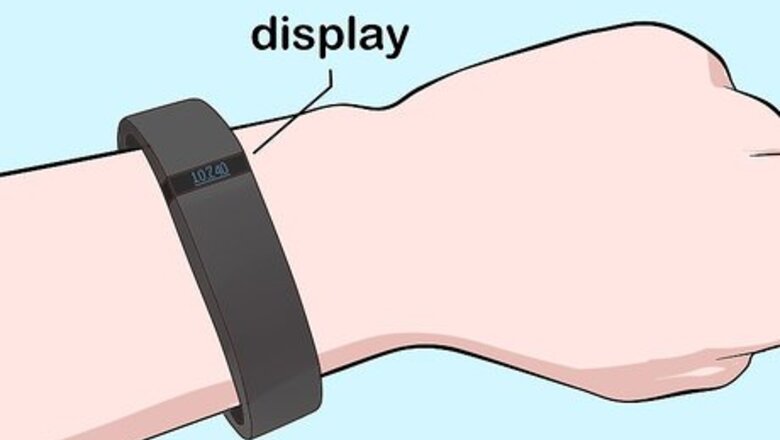
views
Putting on the Fitbit
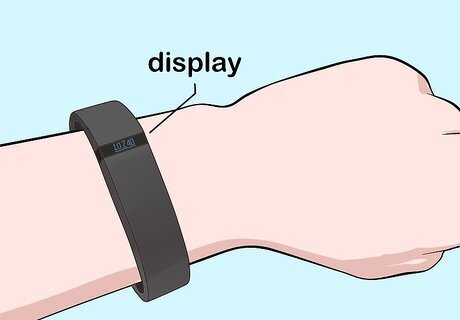
Place the Fitbit around your wrist. Line up the device so that the display sits on the top (or backside) of your wrist. This will allow you to get a clear look at the readout anytime, whether you’re out for a jog or just checking the time. Make sure the display is facing the right way so that it will be visible whenever you look down. It’s also possible to strap your Fitbit to an ankle if you need to keep your hands free, though this may skew your stats.
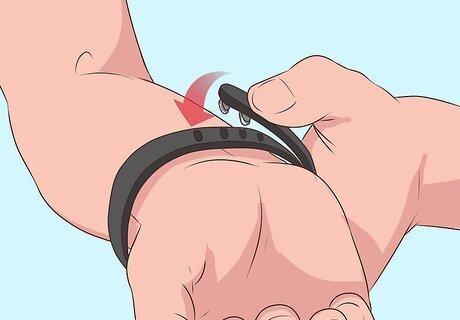
Adjust the straps until you achieve the desired fit. Wrap the straps around either side of your wrist until they overlap. Holding the device with one hand, slide the top strap along the series of holes in the bottom strap until you find the setting that feels best. Aim for a fit that's snug but not too tight. You should be able to slide the Fitbit about half an inch up or down your arm without difficulty.

Secure the straps. Insert the double clasp into the two holes that correspond to your ideal fit, then press them firmly until they click into place. If you’re wearing a model with a traditional buckle, like the Charge 2 or Surge, run the top strap through the buckle, then guide the prong into the desired hole and pull to tighten. Brand new bands can be a little stiff. It may help to flex or practice snapping them closed a few times to loosen them up. To keep the Fitbit from coming undone, make sure the clasps have been pushed all the way through both holes.
Maximizing Comfort and Performance

Wear the Fitbit on whichever wrist you prefer. For most users, Fitbit recommends wearing the tracker on your non-dominant side. However, the decision is ultimately up to you. With a few basic tweaks, the device will function just as well on either arm. If you’d rather wear your Fitbit on your dominant hand, you can adjust the settings to account for the extra movement, which may influence your activity reports. Your Fitbit can double as an all-in-one timepiece when placed on the wrist you usually wear your watch on.

Keep the band relaxed and comfortable throughout the day. Straps that are clasped too tight can begin to irritate your wrist when worn for hours on end. Let your arm breathe a bit by leaving a space of about half an inch between your wrist and the band of the Fitbit. This will ensure that it never becomes a distraction. The device should be able to move up and down your wrist naturally as you run, cycle, row or lift weights. Your Fitbit is meant to be worn continuously, but if you want a break, you can take it off for up to an hour.
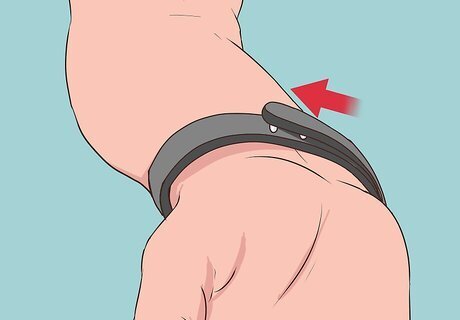
Secure it tightly for intense activity. There may be times (like during a climb or in the middle of an intense Crossfit session) when you want to make sure that your Fitbit stays where it is. In these situations, cinch the band closer around your wrist. It's important that you don't wear the band too tight—just secure it enough to keep it from bouncing around as you move. To prevent the band from pinching or cutting off your circulation, push it up a couple inches above your wrist, around the spot where you would normally take your pulse. In addition to staying in place better, the Fitbit will have an easier time keep track of your heart rate and subtle movements when worn a little closer to the skin.
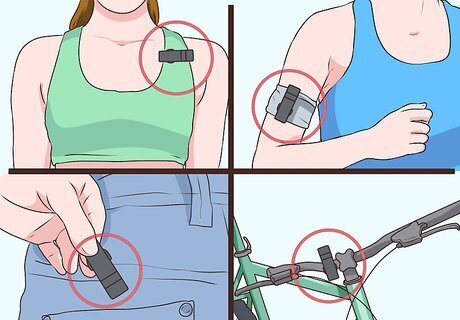
Place the tracker on another part of your body. Though the Fitbit was designed to be worn like an ordinary watch, it can still be just as useful when sported in a less cumbersome fashion. The Fitbit One and Fitbit Zip models, for instance, give you the option of clipping the tracker to your shoe, sports bra or some other article of clothing so that it doesn’t get in the way during a workout. Try attaching the tracker to a belt or armband, slipping it in your pocket or looping it around the handlebars of your bike. Wearing your Fitbit somewhere other than your wrist may make your readings less accurate.
Maintaining and Styling Your Fitbit
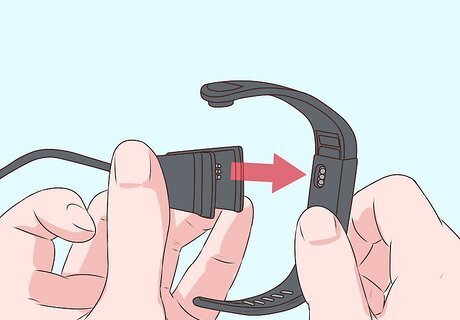
Keep your Fitbit charged. Hook your device up to its charger overnight or anytime you’re not using it to assess your activity levels. A full battery will guarantee access to all your charts and features and let the device sync with other apps, like Mobile Run or Strava. Disabling unnecessary features (such as All-Day Sync, which enables the Fitbit to pass information back and forth with your smartphone) can greatly improve your device’s battery life. Watch your battery level closely to make sure your Fitbit doesn’t die on you when during exercise.
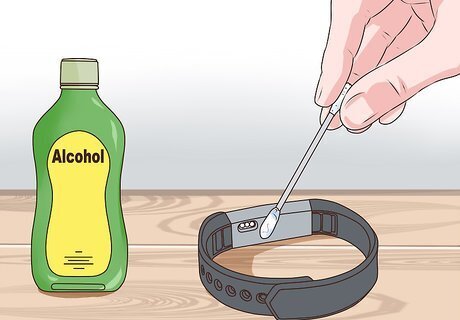
Clean your Fitbit band periodically. It’s recommended to keep your fitbit dry and clean, even after you get it wet or sweaty. To clean it, remove your band and wipe it down with a moist cloth, then let it dry before you put it back on. For heavier buildup from sweat or sunscreen, wipe it down with some rubbing alcohol or a mild water-based cleaning solution, or scrub the inside of the band lightly with a soft-bristled toothbrush. Avoid using soaps, as these can leave behind residues that can cause skin irritation. Don’t submerge your Fitbit or clean it with extremely hot or cold water.

Change out the band. Fitbit bands come in a wide range of colors and materials, including nylon, metal, stretchy synthetic elastomer and all-natural leather. Try out various bands to find the one that’s most comfortable for you and allows for maximum movement and versatility. You could have a different band for every day of the week! A band's performance depends largely on what it's made from. Elastomer, for example, will provide the greatest amount of flexibility and comfort, while rugged materials like leather and nylon offer exceptional durability. Bands in neutral colors will wear just as well with a dress shirt and slacks as shorts and a tank top.

















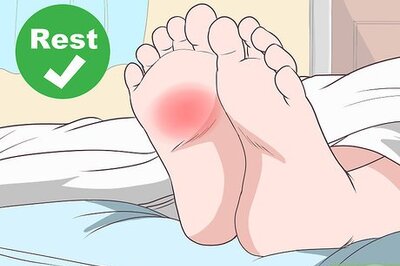


Comments
0 comment